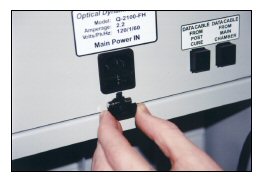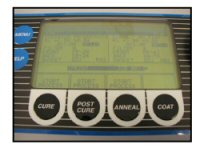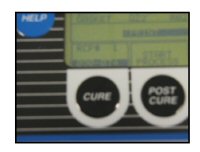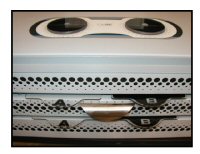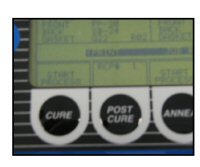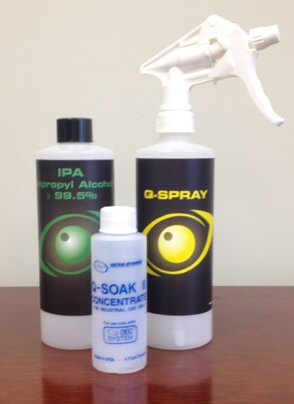Simple Answer: No
It’s easy to get swept up in the excitement over a single number: higher index must be better. The simplicity is enticing. As with many technical topics, the reality is that a single performance aspect doesn’t provide enough information to judge true product quality. The idea that a lens with a certain index of refraction is a dead product or the next great thing just isn’t correct.
The More Technical Answer: Still No
If you’re into numbers, beyond index you also have to look at Abbe value, surface smoothness, processing-related deviation from target curves, required center and edge thickness (both for safety and the requirements of the frame it’s going in), lens power, your patient’s tolerance of chromatic dispersion, their eye movement patterns, the conscientiousness and equipment quality of the lab you’re using, etc. If you think it’s a lot to digest, imagine what it’s like for a patient trying to make the right decision.
Back To Simple: What’s the Wearer Say?
If you don’t want to spend the rest of your life trying to understand the minutia of every new lens that comes out, ask the people that have experience with the product. Optical Dynamics lenses have been judged by wearers and experts as some of best lenses they’ve encountered. Whether it’s a single vision or multifocal lens, people are impressed with the clarity and ease of patient adaptation. In the end, that’s really all those technical details are trying to convey anyway. Instead of using a bunch of time trying to decide if “the next great thing” is really that great, using a proven lens that wearers like can be safer and simpler.
 The less simple explanation for the high praise we’ve received is that our lenses have exceptionally smooth surfaces, they precisely replicate the digital curves machined into our molds, and they are made from a lightweight, high Abbe polymer. Since the process eliminates the grinding and polishing steps normally used to make a lens, there are far fewer opportunities for machine or operator issues to cause optical problems.
The less simple explanation for the high praise we’ve received is that our lenses have exceptionally smooth surfaces, they precisely replicate the digital curves machined into our molds, and they are made from a lightweight, high Abbe polymer. Since the process eliminates the grinding and polishing steps normally used to make a lens, there are far fewer opportunities for machine or operator issues to cause optical problems.
A Fly In the High-Index Soup
The vexing thing about high-index lens materials is that the very people that need them most are also the most likely to experience one of their typical shortcomings. The more extreme the prescription, the more likely it is the wearer will be troubled by chromatic aberration in lower Abbe materials. For the most part, indices around the low 1.6’s are about the current limit on good Abbe performance. If you’re worried about chromatic dispersion, you can’t increase index greatly beyond where Optical Dynamics lenses are, so there’s not much thickness improvement to be gained. There can be significant cost differences though.
So if you have a moderate to low prescription where you don’t need the benefits of a high-index lens, high-index materials work very reliably. Hmmm, not the best story. It’s even less motivating when you think about the center and edge thicknesses required to produce a safe and sturdy lens for today’s rimless frames.
Don’t Just Take Our Word On It
When we say you should be using our lenses, there’s obviously a little bias involved. For a more impartial opinion, here’s what one of our customers has to say about them:
“Over the past couple years I have personally worn some of the “best” custom made progressive lenses available and the optics of the digital lenses from the Q-2100 are as good if not better. I am extremely impressed with the digital lenses the system produces and so are my patients.”
David Holliday, OD – Practicing since 1980 – Q-2100 user since 2000
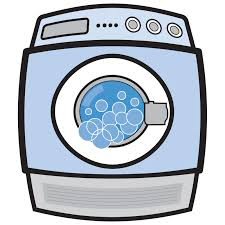 Other stain removers might work too, but Shout is the one I’ve used to save a bunch of clothes over the years. I think being able to leave the ultra concentrated version on for quite a while before washing really helps.
Other stain removers might work too, but Shout is the one I’ve used to save a bunch of clothes over the years. I think being able to leave the ultra concentrated version on for quite a while before washing really helps.